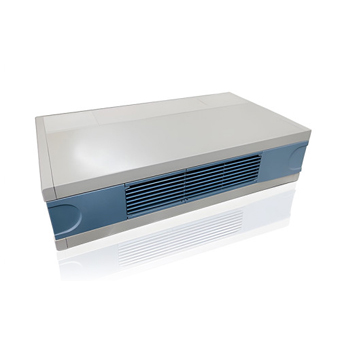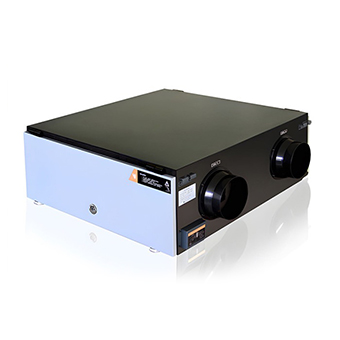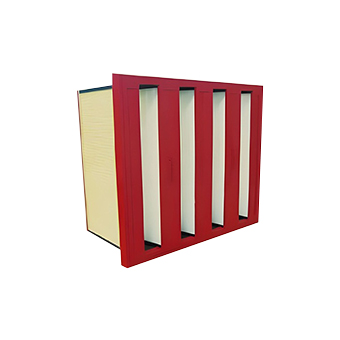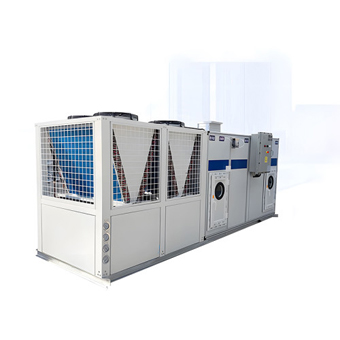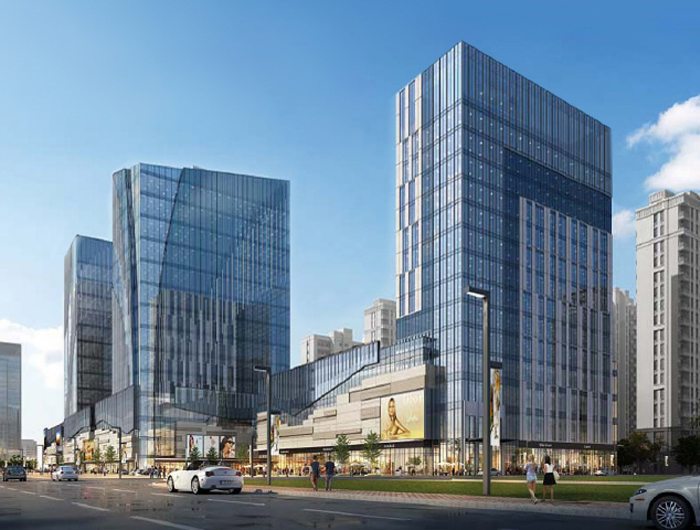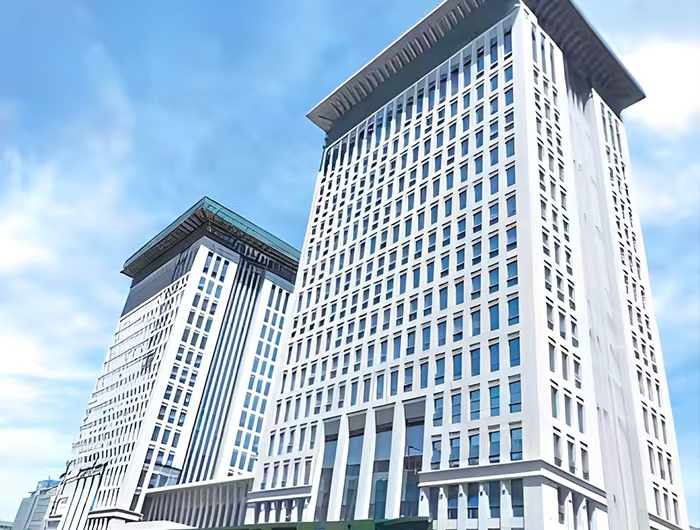Comfort & Indoor Air Quality challenges
● Poor air circulation leads to elevated CO₂ levels, causing fatigue and reduced focus.
● Uneven temperature distribution and insufficient ventilation are common in office buildings.

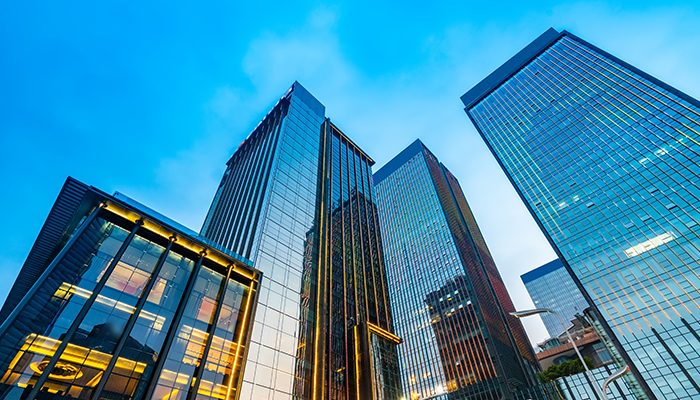
● Poor air circulation leads to elevated CO₂ levels, causing fatigue and reduced focus.
● Uneven temperature distribution and insufficient ventilation are common in office buildings.
● HVAC systems account for over 40% of total building energy consumption.
● Commercial buildings often require 24/7 operation, leading to high costs.
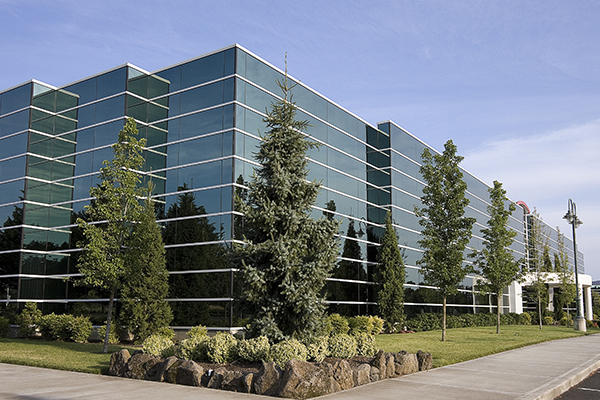
● Different zones require different conditions; e.g., meeting rooms or crowded areas need rapid adjustments.
● Traditional systems lack zoning and smart controls, resulting in inflexible performance.
● Many buildings rely on outdated HVAC systems with low efficiency.
● Without digital monitoring, maintenance is often reactive, raising downtime risks.
● Increasing adoption of certifications like LEED and BREEAM.
● Companies face ESG requirements for energy efficiency and carbon reduction.

Precise temperature and humidity control, avoiding hot/cold spots; zoning in open-plan and enclosed offices to adapt to sunlight, occupancy, and equipment heat loads.

Adequate outdoor-air ventilation, filtration to remove particulates/pollutants, CO₂ control, odor management.

Quiet equipment (low-noise fans, compressors), acoustical insulation, duct design to minimize vibration and fan noise—critical for offices and meeting rooms.


Use of efficient equipment (VRF, VAV, energy recovery ventilators), smart controls, demand-based ventilation, standby modes; attention to total life-cycle cost.

Ability to adjust zones based on occupancy/use (conference rooms, lobbies, open-plan vs private offices), modular expansion capability.

Redundancy in critical systems, easy maintenance access, regular filter/system cleaning cycles, monitoring for early issue detection.

Extensive experience in commercial building HVAC projects across Asia-Pacific, with deep understanding of local codes, climate variations, and tenant needs.

Comprehensive support from consultation and system design to equipment supply, commissioning, and after-sales maintenance.
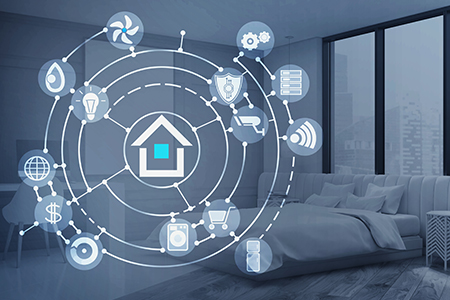
Tailored solutions that improve occupant comfort, well-being, and productivity, while reducing operational costs through VRF, VAV, and energy recovery systems with smart controls.

Modular layouts, redundancy in critical systems, and easy-maintenance equipment ensure stable, long-term performance.

VRF, VAV, and zoned HVAC systems to adapt to different office areas, improving comfort and saving energy.

Fresh-air systems with medium/high-efficiency filtration; CO₂ sensor-based ventilation for healthier indoor air.
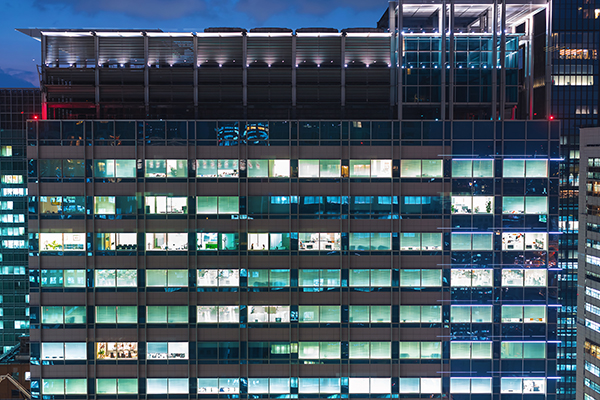

Quiet fans and compressors, vibration isolation, duct acoustic design to reduce disruption in workspaces.

BMS integration, programmable thermostats, demand response, and holiday/night modes; energy recovery ventilators and advanced efficiency technologies.

Full consideration of purchase, installation, operation, and maintenance costs; predictive monitoring and quick maintenance to extend system lifespan.
